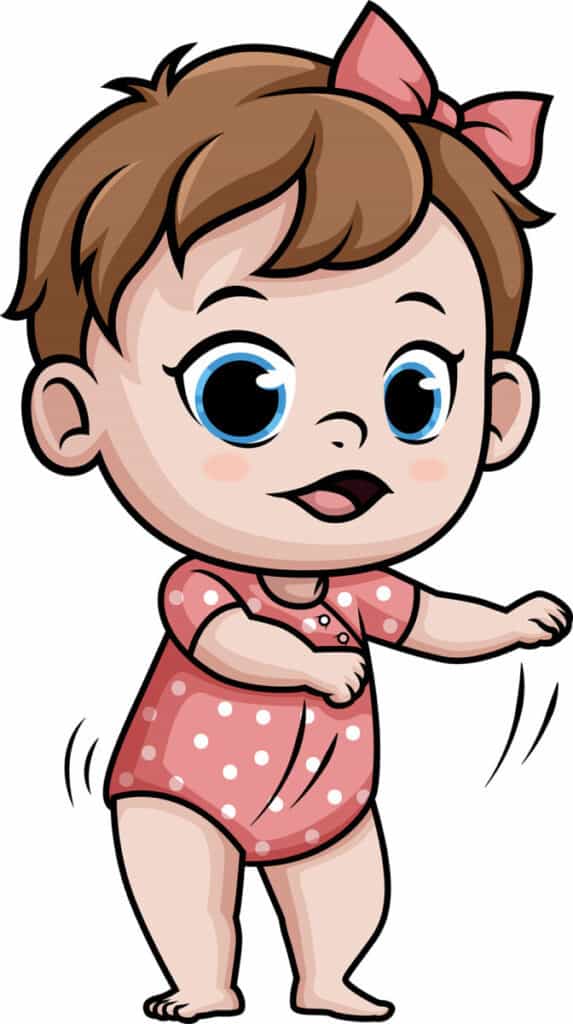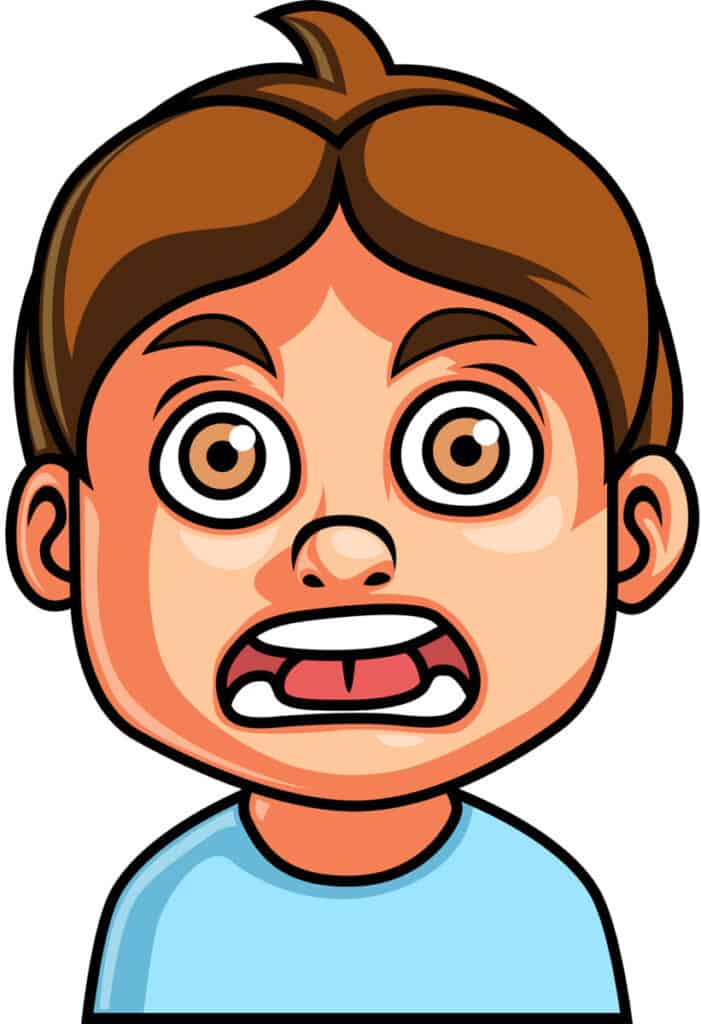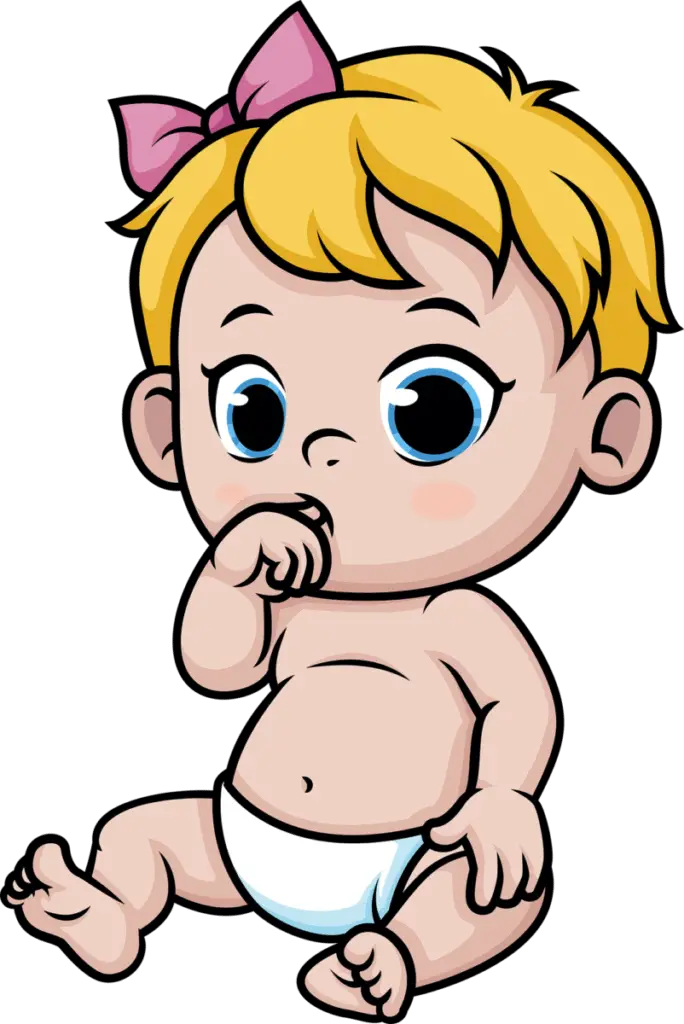
If you’ve ever witnessed your toddler suddenly shake with excitement, you’re not alone. Several parents have posted questions on forums about this very phenomenon, wondering whether or not it’s normal.
Oftentimes, a toddler shaking when excited is a benign response to adrenaline. However, sometimes it can be a cause for concern. If the shaking is intense or the toddler is exhibiting certain symptoms, it could be a sign of a motor stereotypy, developmental disability, or even a seizure.
Nothing is more important to a parent than their child’s health. Sometimes, it can be difficult to tell whether a child’s behavior is completely normal or if it warrants a call to the pediatrician. Closely examining your child’s shaking can help determine whether it’s a normal reaction to excitement or something more severe. Read on to learn more about excited shaking.
Contents
Causes of Shaking When Excited
If you go to Google and search up “why does my toddler shake when they get excited,” you’ll find several results on public forums featuring that exact question. Most parents will be relieved to hear that other toddlers do the same thing. However, this doesn’t mean that the cause of the shaking is always the same.
There are several reasons why a child may shake with excitement. Here are some of the top reasons.
Adrenaline

The simplest explanation for toddlers shaking with excitement–and the most benign–is an adrenaline response. Adrenaline is a hormone that triggers the body’s “flight-or-fight” response. It dictates how we react to certain scenarios. Here are some of the ways in which adrenaline affects the body:
- Increases heart rate
- Increases blood pressure
- Expands pupils
- Expands lungs
- Causes shivers or trembles
When someone experiences fear, excitement, or stress, their body releases adrenaline which can cause any of these symptoms to manifest. Adrenaline increases the rate at which our muscles contract, which can cause sudden twitching or shaking. Thus, your toddler suddenly shaking when something excites them could simply be a result of increased adrenaline in the body.
Adrenaline can affect adults as well as children. However, its effects might be more noticeable in children because they might be less inclined to try and control their excitement.
Primary Motor Stereotypies
Another potential cause for shaking when excited is a primary motor stereotypy. This is when children conduct “repetitive, rhythmic, fixed movements” that tend to follow a particular pattern. These movements are typically associated with excitement, stress, boredom, or exhaustion. There are common and complex primary motor stereotypies:
Common
A common primary motor stereotypy refers to a repetitive action that is commonly performed by children (and sometimes even adults). These may include:

- Sucking thumbs
- Twirling hair
- Biting nails or lips
- Grinding teeth
- Rocking body
If your child’s shaking is minimal, it could be a common primary motor stereotypy. These behaviors are usually not disruptive to daily life and are more likely to fade over time.
Often helping your child as he or she grows to become aware of the repetition is key to stopping the behavior- especially important if it is unwanted, awkward, or harmful.
For example, biting nails or licking lips can become painful if done too much. As a teacher, I’ve had children in my class with these habits. Generally, simply making them aware of when they were doing it is often enough to stop it.
If that’s not stopping the behavior, then the next step might be to provide an alternative or preventative measure. Chewing gum might help with lip licking-or providing a water bottle. Every time the child want to ‘lick’, he or she can get a drink of water instead.
For nail biting, you can try ‘no bite’ nail polish deterrent such as this one from Amazon.
Complex
A complex primary motor stereotypy is a repetitive action that is not frequently observed in children. These may include:
- Flapping hands and arms
- Wiggling fingers
- Rotating body
If your child’s shaking is extreme, it could be a sign of a complex motor stereotypy. These behaviors can be disruptive in a child’s life and are less likely to fade with time.
Primary Motor Stereotypy vs Adrenaline
It can be difficult to differentiate between a primary motor stereotypy and an adrenaline response. Both are normal parts of a child’s development. The table below highlights some of the differences between the two.
| Adrenaline | Primary Motor Stereotypy | |
| Pattern | Does not follow a predictable pattern, and can change depending on the stimulation | Exhibits a predictable and repetitive pattern. Example: every time your child shakes when excited, you notice his left hand shakes, then his right, then his body |
| Cause | Will only occur if the child is stimulated by excitement, fear, or stress | Usually exacerbated by excitement, fear, or stress, but can occur without any sort of environmental stimulation |
| Time | Most toddlers will become better at controlling their excitement as they age | While those with less severe primary motor stereotypies may learn to manage them, many of these will carry into adolescence |
Primary motor stereotypies are fairly common. It is reported that about 20% of children experience common primary motor stereotypies (whereas only 3-4% experience complex ones). They typically manifest before the age of 3.
Unless the primary motor stereotypy is particularly severe, it rarely affects a child’s development and is thus usually not cause for concern. Nevertheless, it is always a good idea to consult a pediatrician if you suspect your child may be experiencing this. They can sometimes be treated by behavioral therapy.
Primary motor stereotypies become concerning when they are accompanied by developmental symptoms. In these cases, your child might be experiencing autism-related tics, obsessive-compulsive disorder, or another disorder. Taking a closer look at the symptoms can help determine whether your toddler’s shaking is caused by something more severe.
Here’s a book I recommend found on Amazon for more information on hand flapping.
Developmental Disorders
Intellectual and developmental disabilities (IDDs) can be noticeable any time after birth and will generally impact a child’s physical, mental, and emotional development.
A toddler shaking now and then when excited is typically no reason to worry about an IDD. However, if you associate your child’s shaking with a primary motor stereotypy, you’ll want to be on the look-out for additional symptoms that may indicate an IDD.
Autism-related tics are commonly mistaken as primary motor stereotypies. Here are some ways to help differentiate between the two.
| Primary Motor Stereotypy | Tics |
| Usually occur before 3 years of age | Usually occur between 5-7 years of age |
| Pattern/movement is consistent | Pattern/movement changes over time |
| Symptoms are usually seen in the hands, arms, or body | Symptoms are usually seen in the head, face, and shoulders |
| Movement is rhythmic and occurs for longer periods of time | Movement is less rhythmic and occurs for shorter periods of time |
| These typically stop when the child is distracted | These don’t typically stop with distraction |
With toddlers, the likelihood that they are experiencing tics is lower because tics usually appear at a higher age. However, that doesn’t mean it’s impossible; it is important to monitor how your child shakes so you can definitively rule out tics. You may want to try distracting your child to see if they stop shaking.
There are other developmental disorders that can cause shaking when excited. These include:
- Obsessive-compulsive disorder
- Essential tremors
- Psychogenic movement disorders
Any developmental disorder will be accompanied by other noticeable symptoms that are impacting your child’s physical, mental, or emotional capabilities. If you are unsure whether or not your child’s shaking is a result of an IDD, you should consult your pediatrician.
Shaking vs Seizures
Sometimes innocuous shaking can evolve into a seizure. People often associate seizures with tumors or neurological disorders, but in reality, anybody can suffer from a sudden seizure. Seizures can be the result of sudden and severe stress or even over-excitement.
It doesn’t hurt to know the differences between some benign shaking and a seizure. Seizures involve:
- Staring
- Jerking limbs
- Body stiffening
- No response to any distractions
- Eye blinking
Explaining seizures to children can be tough. Here is a children’s book on epilepsy that can help from Amazon.
The Toddler Shaking Wrap up…
In most cases, toddlers shaking while excited is no cause for worry. However, it’s important to closely monitor your child’s behavior and watch out for any other symptoms. If there’s any possibility your child is experiencing primary muscle stereotypy or an IDD, you’ll want to identify it as early as possible so your child can receive the best possible care. If you’re ever uncertain, don’t hesitate to call your doctor–it’s better to be safe than sorry.
